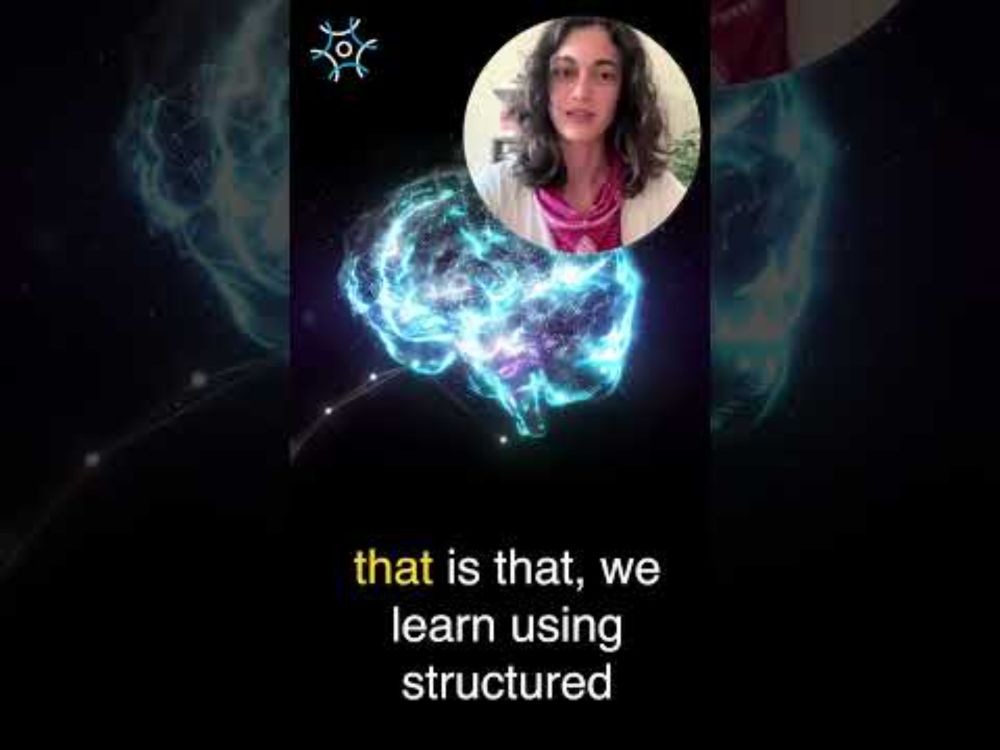
We’re running a Q&A series with our research team. First up:
How is Monty different from a Vision Transformer?
Here’s why learning through movement changes everything 👇
youtube.com/shorts/ff4Xi...
@thousandbrains.org.bsky.social
Advancing AI & robotics by reverse engineering the neocortex. Leveraging sensorimotor learning, structured reference frames, & cortical modularity. Open-source research backed by Jeff Hawkins & Gates Foundation. Explore thousandbrains.org

We’re running a Q&A series with our research team. First up:
How is Monty different from a Vision Transformer?
Here’s why learning through movement changes everything 👇
youtube.com/shorts/ff4Xi...
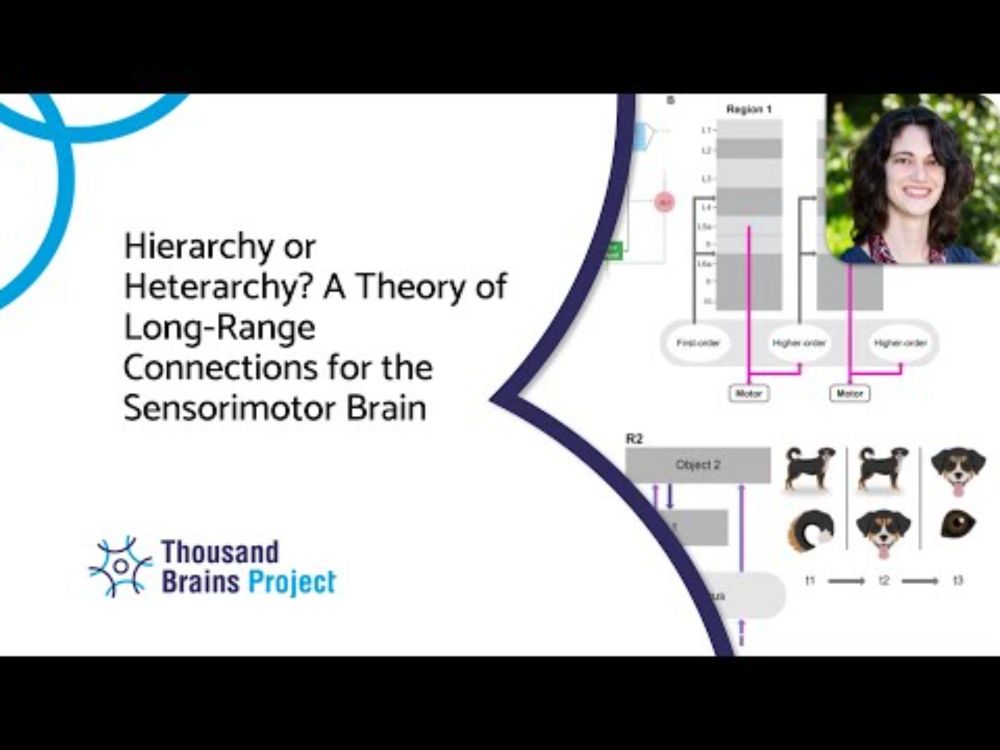
🚀 Watch @vivianeclay.bsky.social present our new paper “Hierarchy or Heterarchy?” revealing a new part of the Thousand Brains Theory describing how long‑range cortical & thalamic connections work in parallel and hierarchically to build human intelligence.
youtu.be/QIoENhFu2VU
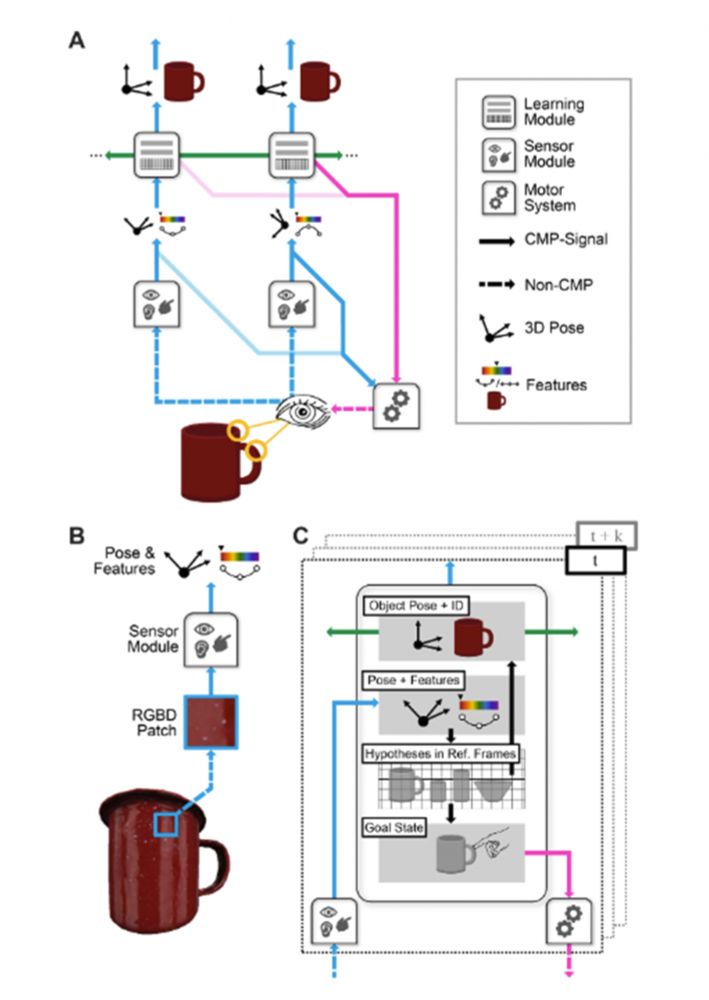
What if we've been building AI completely wrong? While tech giants burn billions training on internet data, @thousandbrains.org just created an AI that learns like a child by exploring and touching objects. It’s the real path to intelligence: gregrobison.medium.com/hands-on-int...
16.07.2025 18:47 — 👍 5 🔁 2 💬 0 📌 2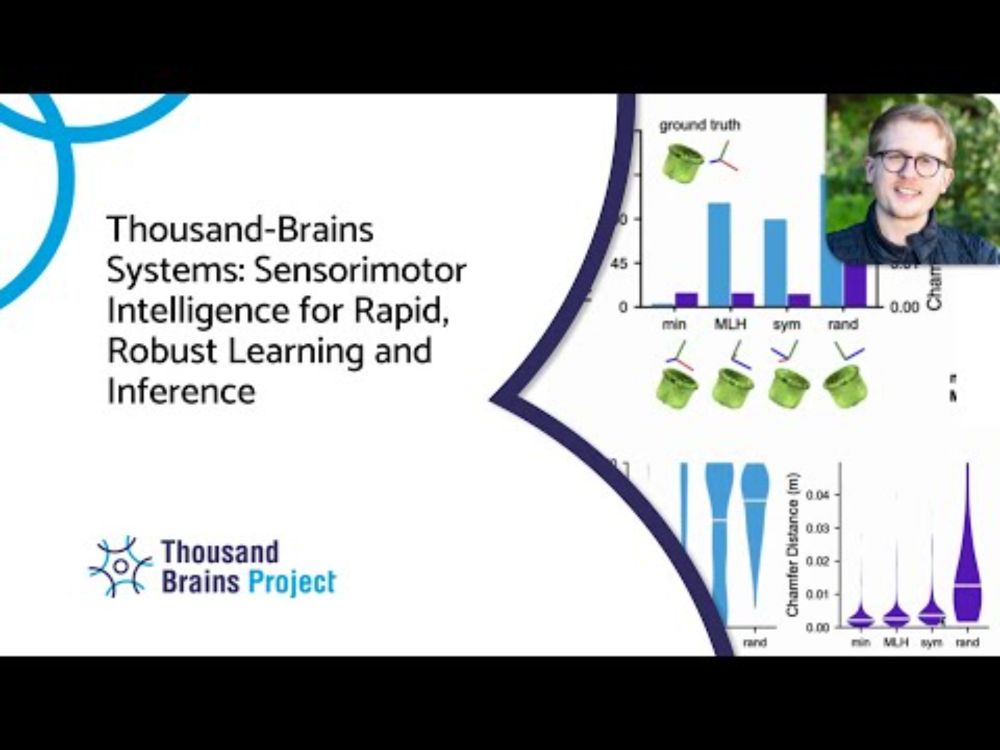
🎥 Watch @cortical-canonical.bsky.social present our new paper:
"Thousand-Brains Systems: Sensorimotor Intelligence for Rapid, Robust Learning and Inference"
Watch the full talk here: youtu.be/3d4DmnODLnE
Sensorimotor learning implemented from 20 years of neocortex research.
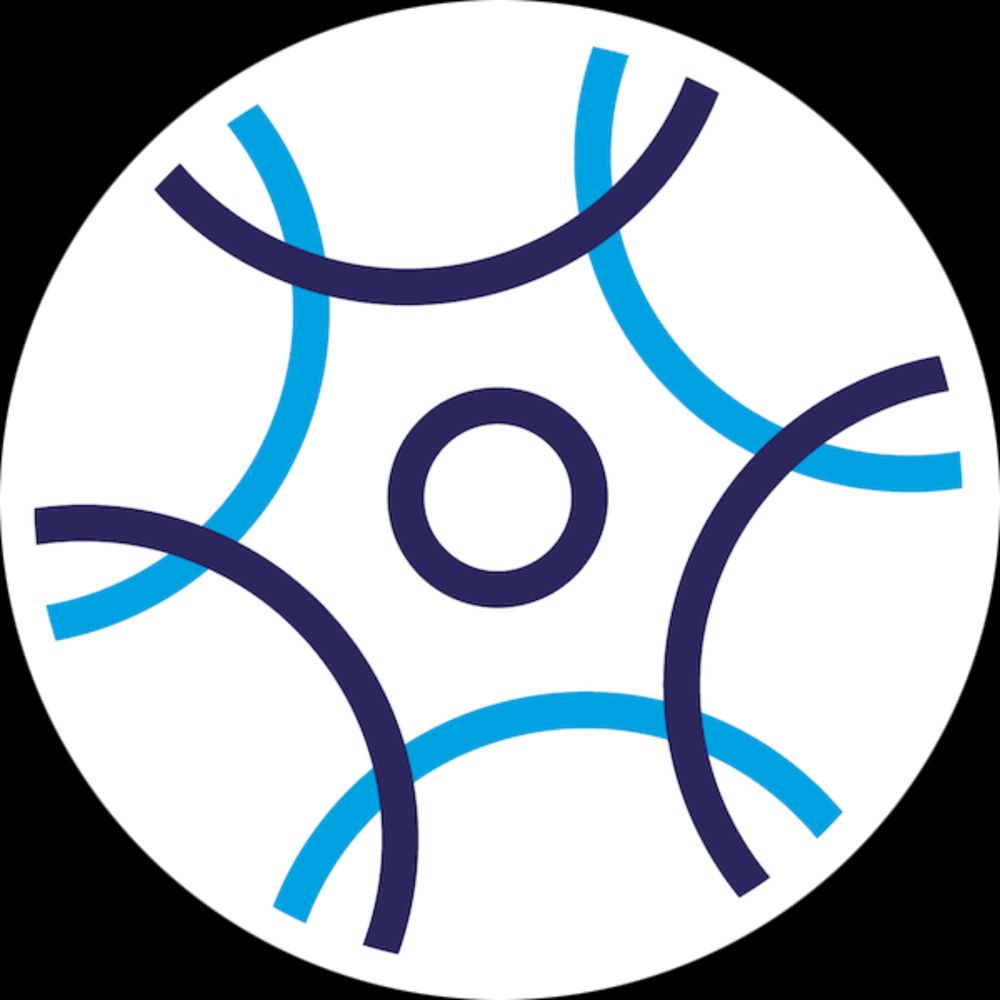
10/
Thousand Brains Project is an open-source, open-research nonprofit building neocortex-based AI.
Join us on our journey.
Forum: thousandbrains.discourse.group
Roadmap: thousandbrainsproject.readme.io/docs/project...
Website: thousandbrains.org
Docs: thousandbrainsproject.readme.io
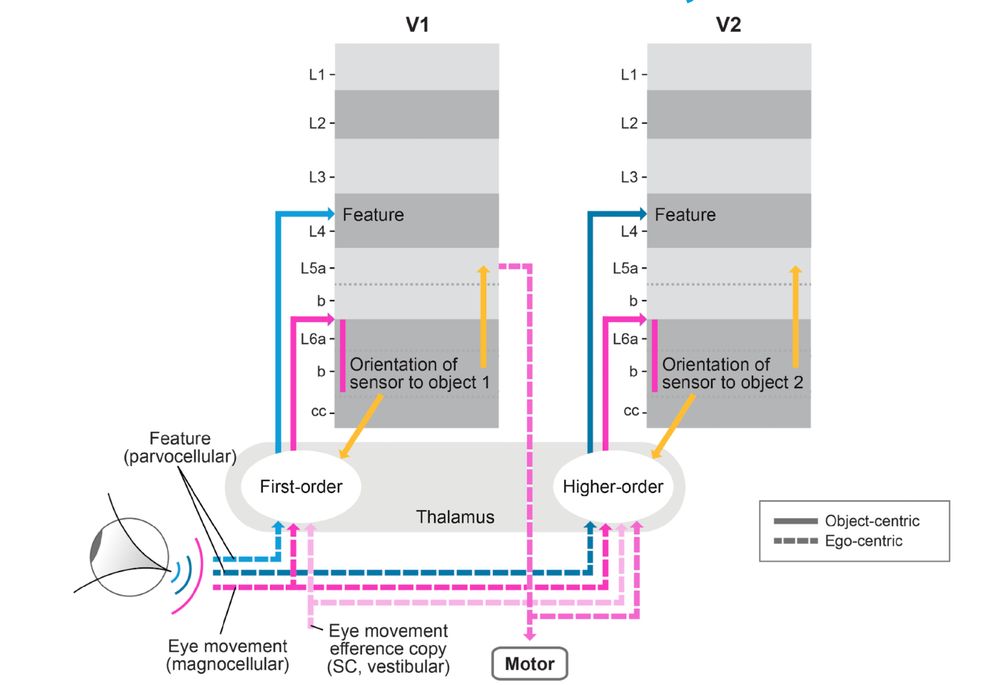
9/
Hierarchical connections are used to learn compositional models.
A new mug with a known logo means that you don’t relearn either one. Your brain composes: “mug” + “logo.” Columns at different levels but with overlapping receptive field link representations spatially.
8/
So what’s the thalamus doing?
It’s not just a relay. It helps convert sensory input from body-centered to object-centered coordinates. Essential for modeling the world via reference frames.
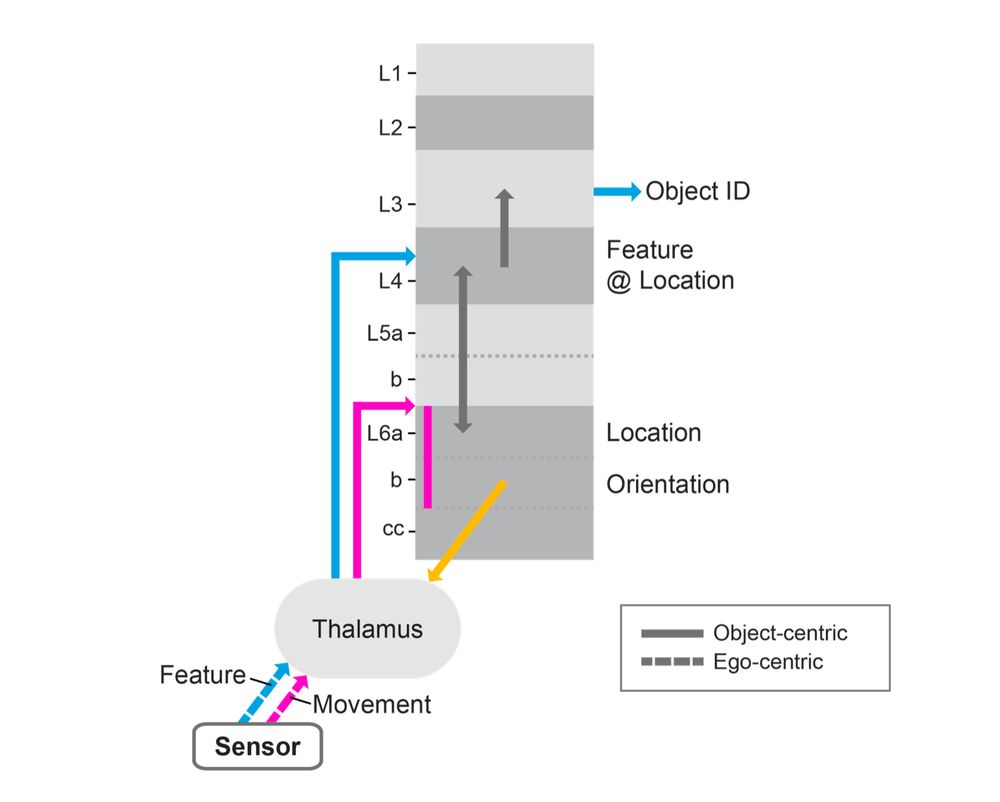
7/
Neocortical columns don’t think in egocentric space, “left of hand.” They think in object-centric space, “on the handle.” The thalamus helps do this translation. This is a key new proposal about the role of the thalamus.
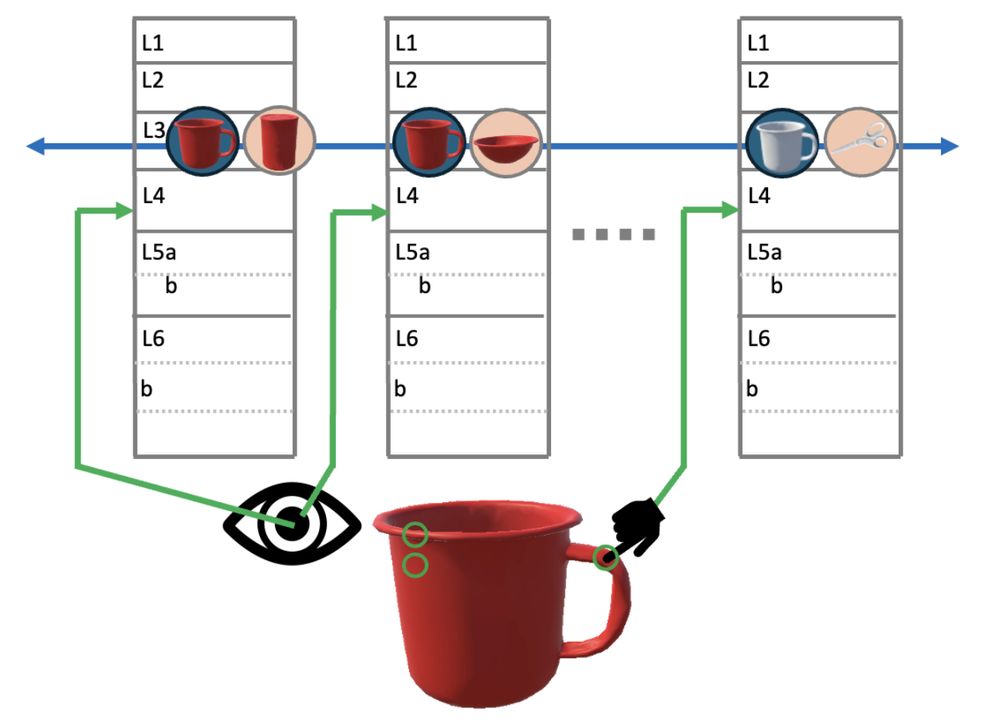
6/
The Thousand Brains Theory already outlined several key proposals:
Each column builds its own model.
They vote.
They form consensus.
No need to wait for a final decision at the top.
5/
This paper argues that the neocortex is not a strict hierarchy. It has many non-hierarchical connections, each of which serves an essential role in modeling and interacting with the world.

4/
Our new view recasts cortical hierarchy as composition, not feature extraction. Hierarchy is used to combine known parts into new wholes.
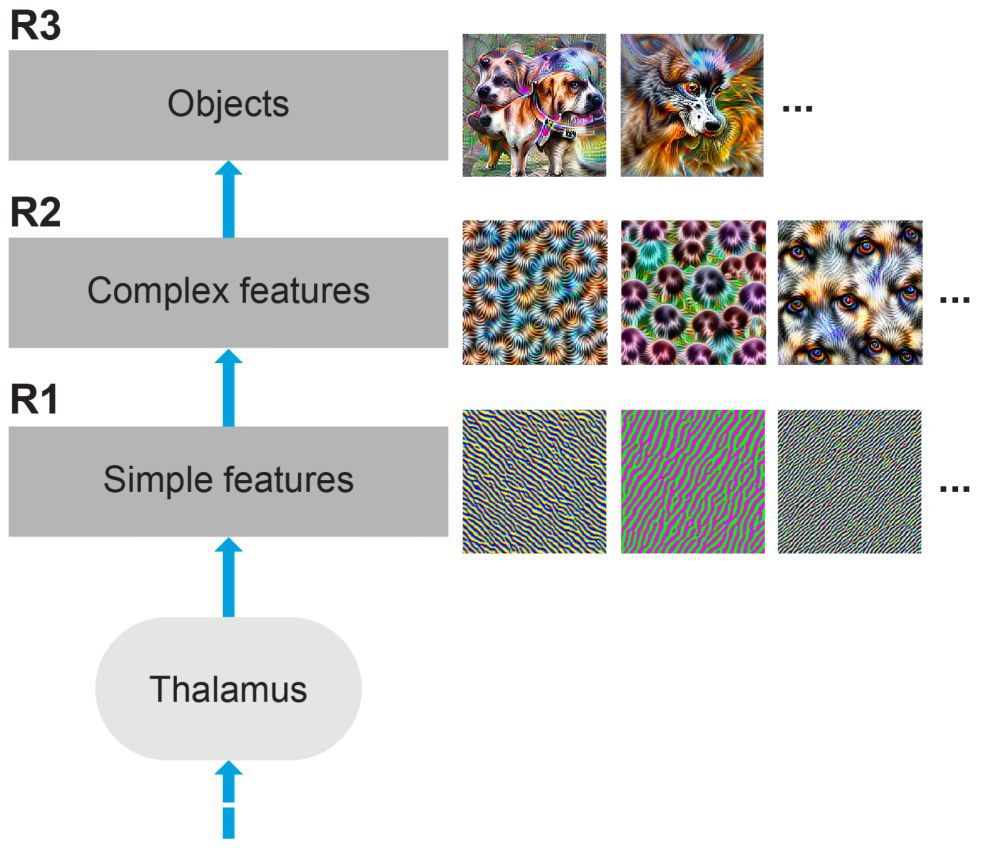
an incomplete view of how the neocortex uses hierarchy
3/
Classically, the neocortex is viewed as a hierarchy: low levels detect edges, high levels recognize objects. But that model is incomplete. There are several other important connections most people overlook. But they are crucial for sensorimotor intelligence.

2/
TLDR; Watch @viviane give a presentation about this paper here: youtu.be/QIoENhFu2VU
Or read the plain language explainer here: thousandbrains.medium.com/hierarchy-or...
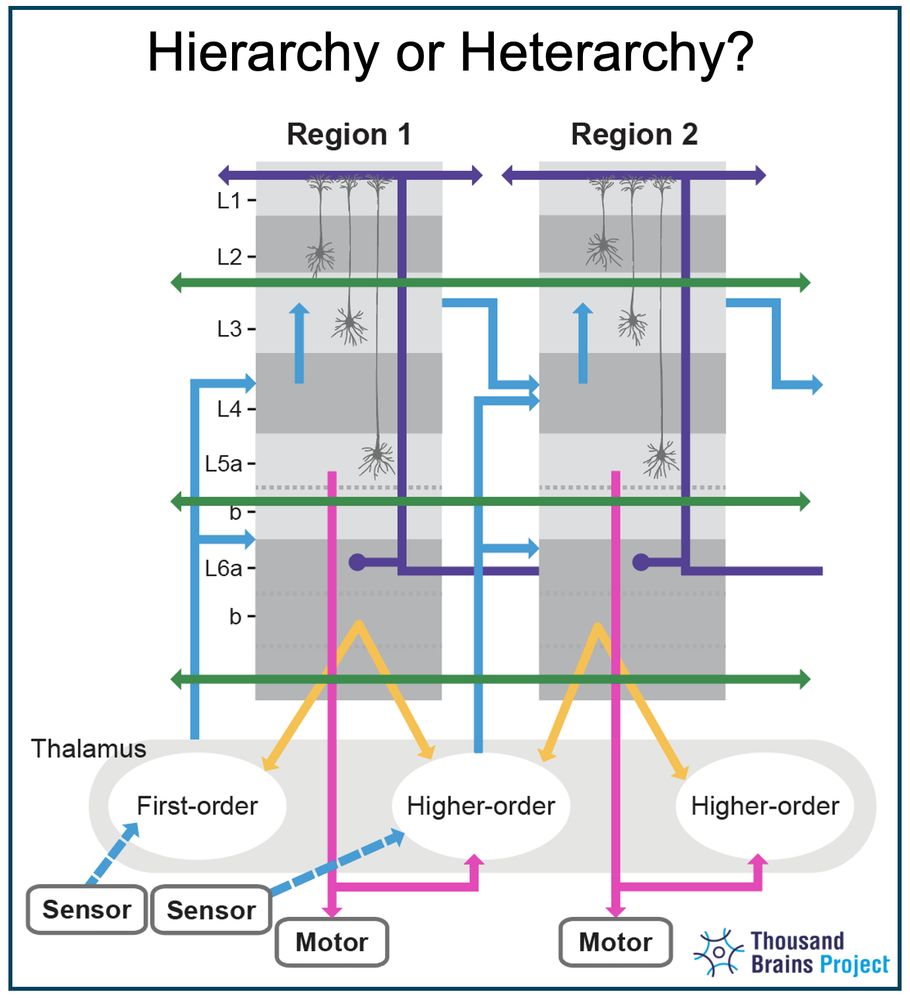
1/
🚨Another New Paper Drop! 🚨 “Hierarchy or Heterarchy? A Theory of Long-Range Connections for the Sensorimotor Brain”
👇 Dive into the full thread 🧵
arxiv.org/abs/2507.05888
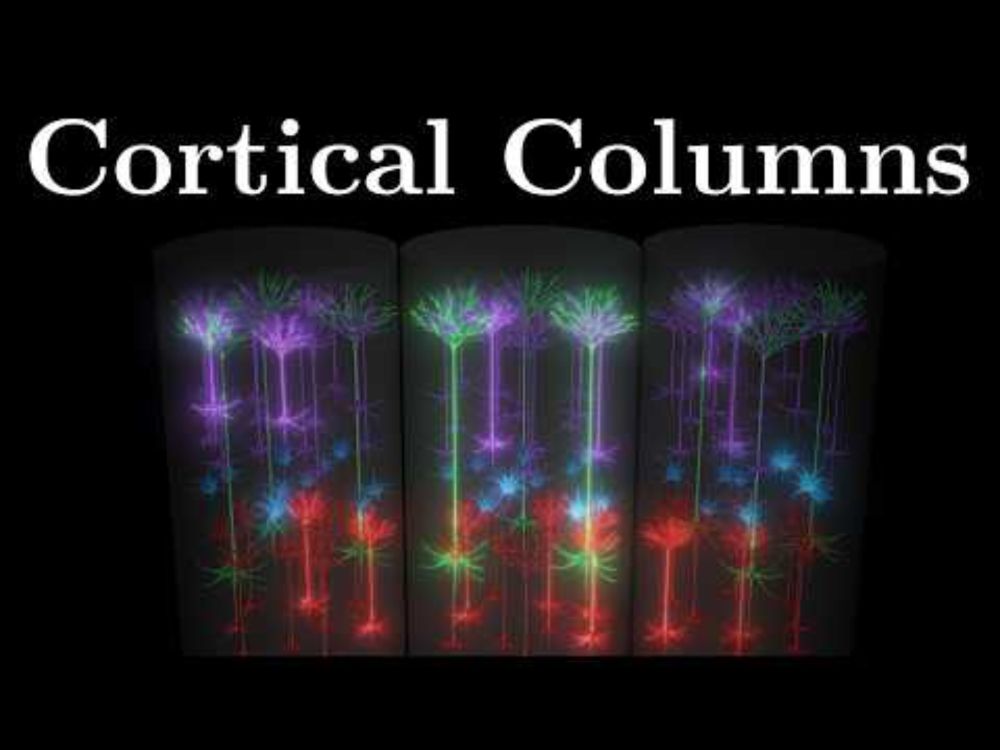
🔥 Want to understand how the neocortex builds intelligence?
Artem Kirsanov made a great video on the Thousand Brains Theory, the foundation of everything we’re building at here Thousand Brains Project!
🎥 youtu.be/Dykkubb-Qus
#Neuroscience #AI #ThousandBrains #Neocortex

/16
Thousand Brains Project is an open-source, open-research nonprofit building a new type of machine intelligence based on principles of the neocortex.
Join us:
Forum: thousandbrains.discourse.group
Roadmap:
Docs: thousandbrainsproject.readme.io thousandbrainsproject.readme.io/docs/project...
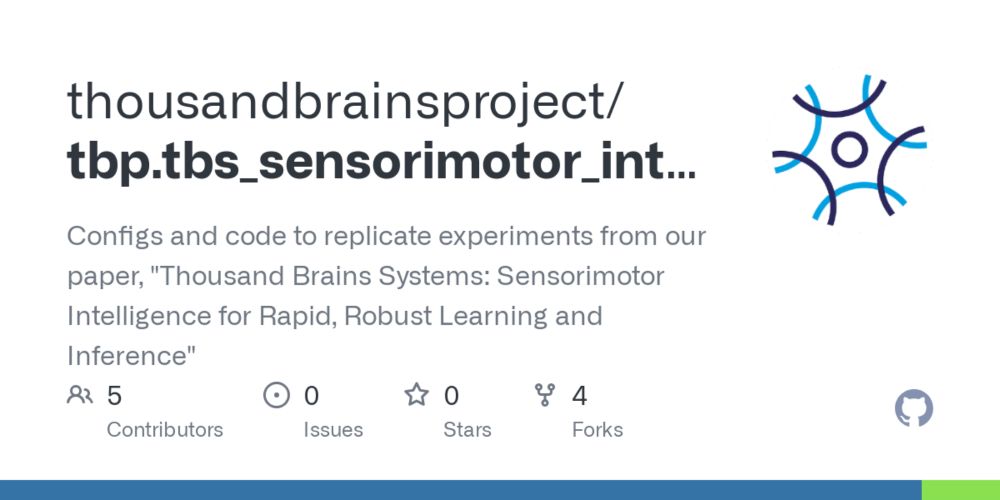
/15
💾 Open source
• Replicate our results: github.com/thousandbrai...
• Code & docs: github.com/thousandbrai...
Fork it, break it, improve it.
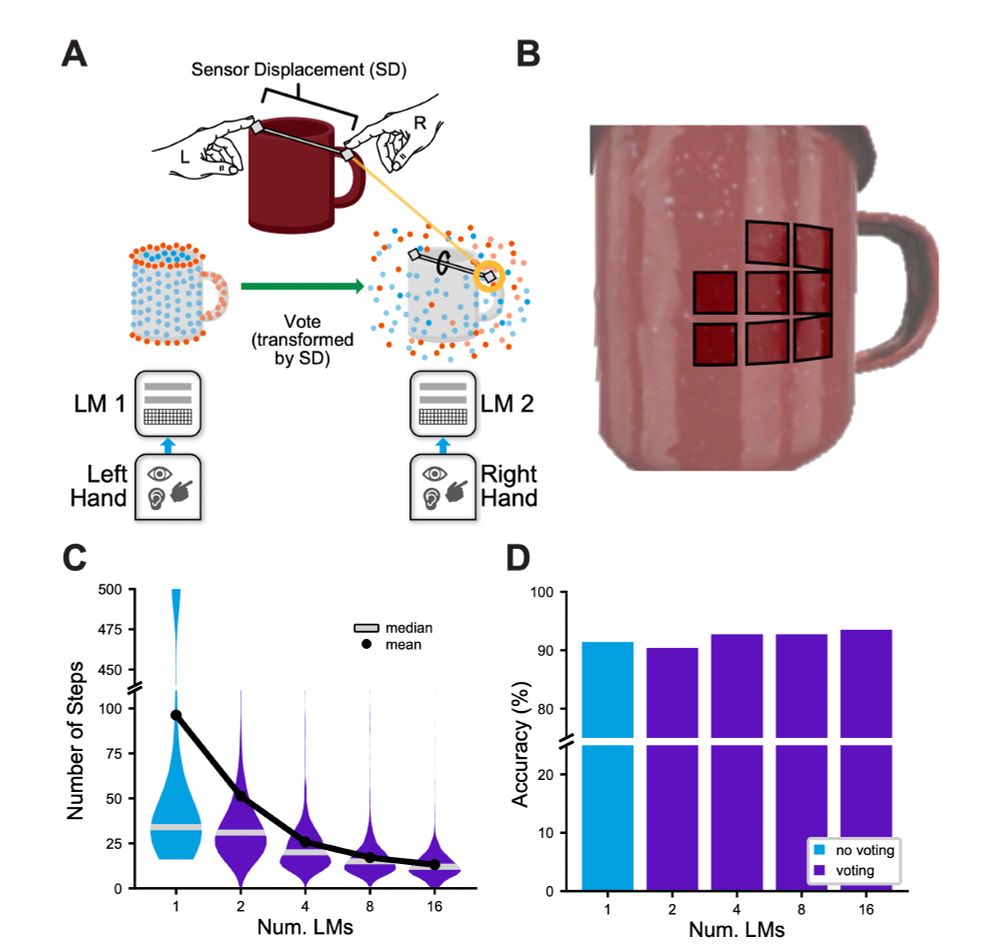
/14
Voting across modules
Multiple learning modules share hypotheses; consensus arrives >2× faster without losing accuracy. Imagine two eyes, two fingers, or a sensor grid collaborating in real time.
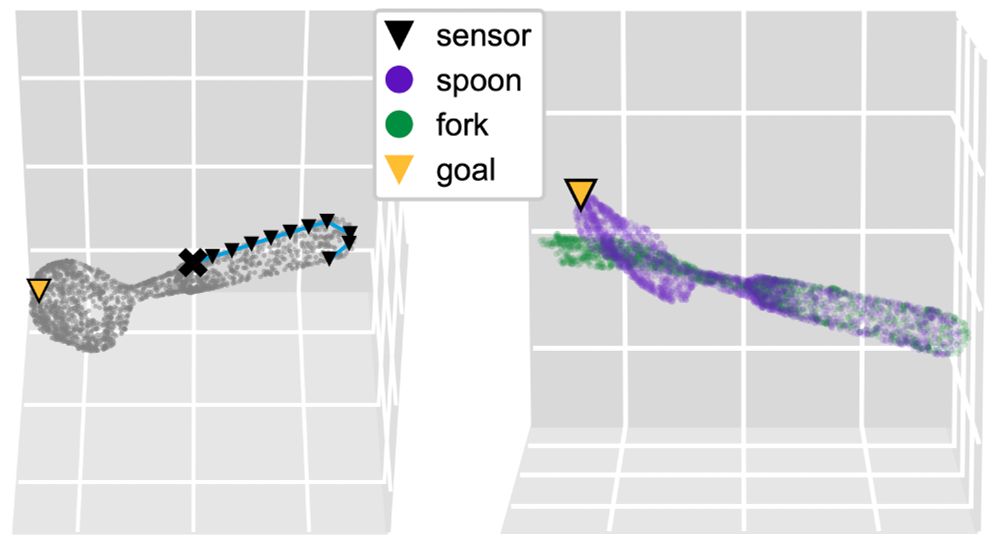
/13
🏃♀️ Movement matters
A simple curvature-following policy + a hypothesis-testing policy cut inference steps ~3× vs. random walks. Monty can leverage its learned models to perform principled movements to resolve uncertainty.
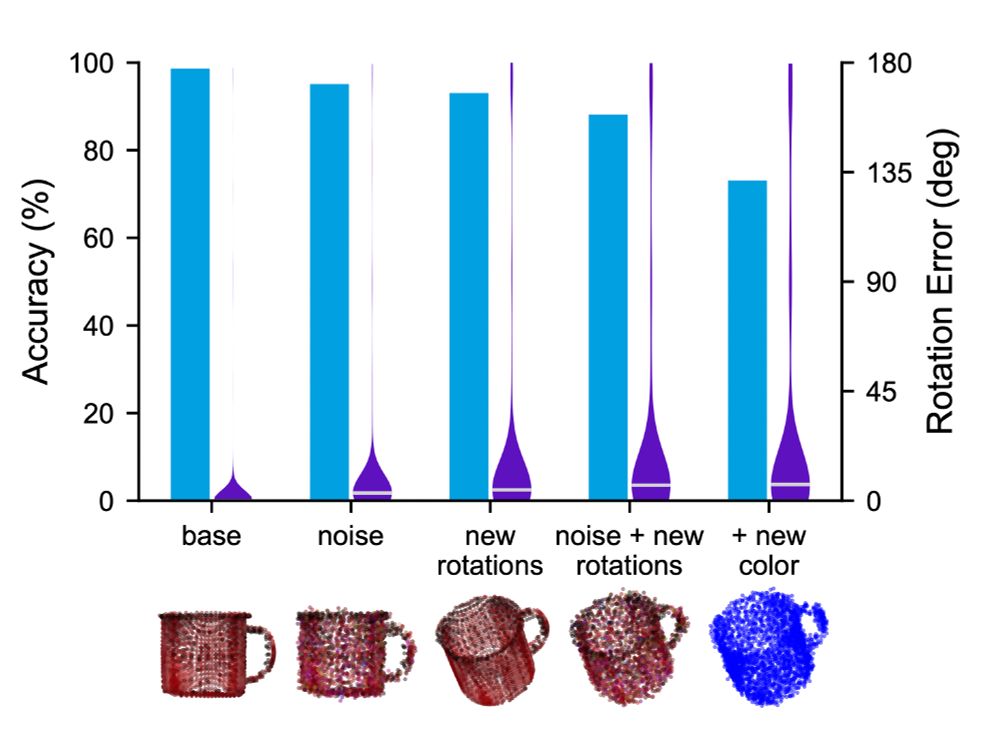
/12
Robust inference and generalization
Monty recognized all 77 YCB objects and their pose with 90+% accuracy, even with noise, novel rotations. Even showing the object in a never-before-seen color doesn’t phase Monty.
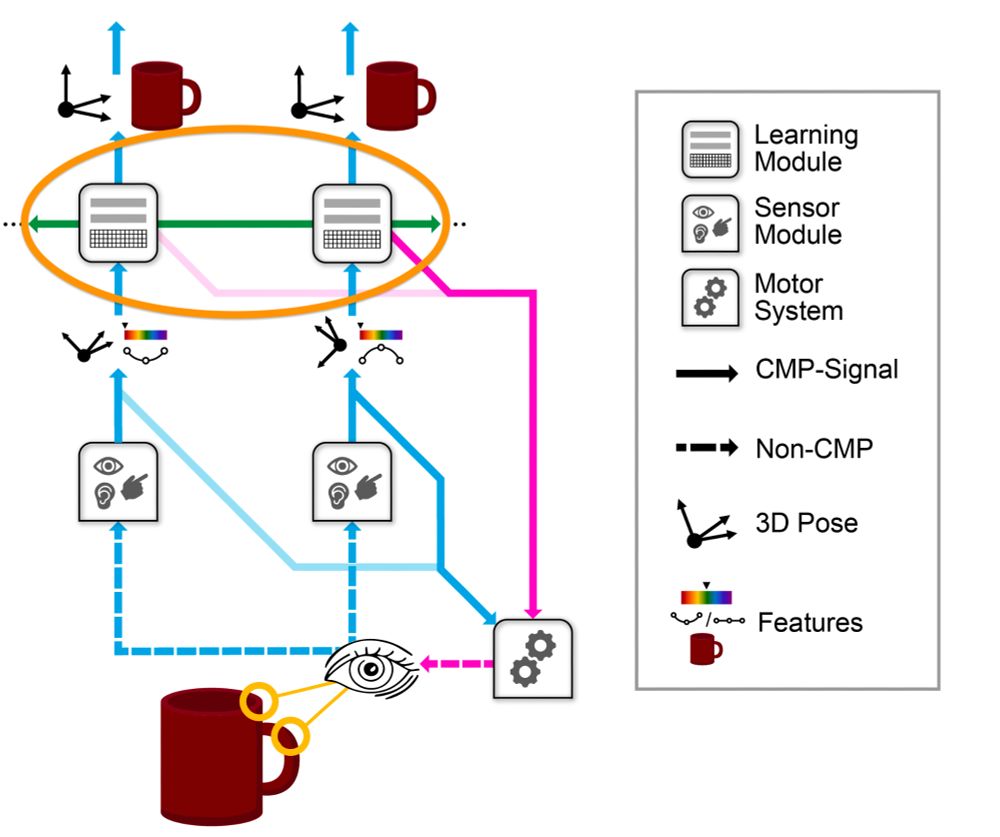
/11
Learning modules can quickly reach consensus through voting about their most likely object and pose hypotheses, rather than having to integrate over time with multiple sensations.
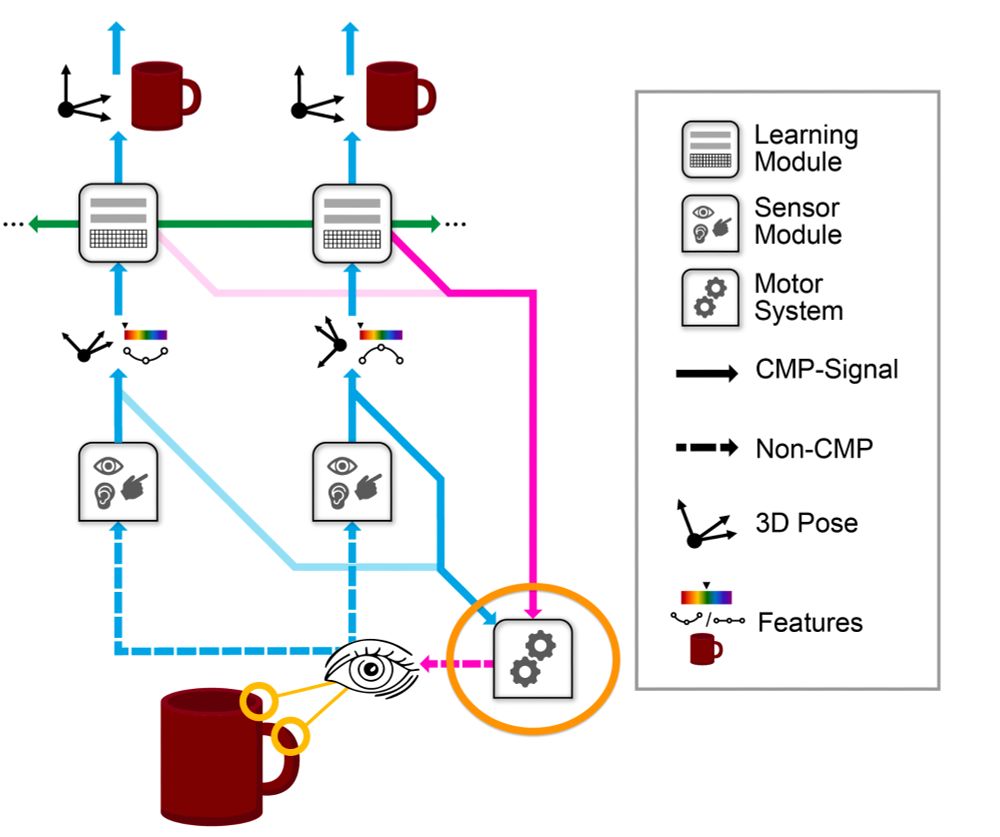
/10
Motor commands from all the learning modules tell the system where it should observe next, causing a subsequent movement to observe that location.

/9
Learning Modules: a semi-independent modelling system that builds models of objects by integrating sensed observations with object-relative coordinates derived from the body-centric sensor locations.
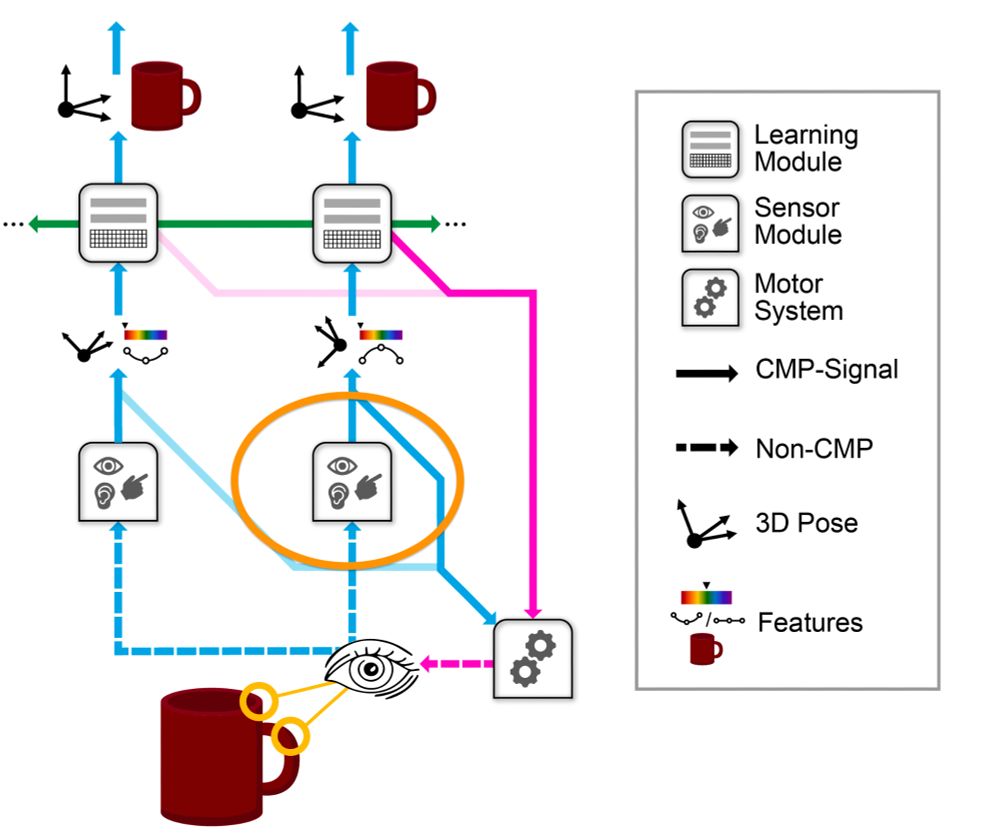
/8
This new architecture comprises of the following subsystems that communicate using the cortical messaging protocol (CMP)
Sensor Modules: that observe a small patch of the world and send it to the learning module.
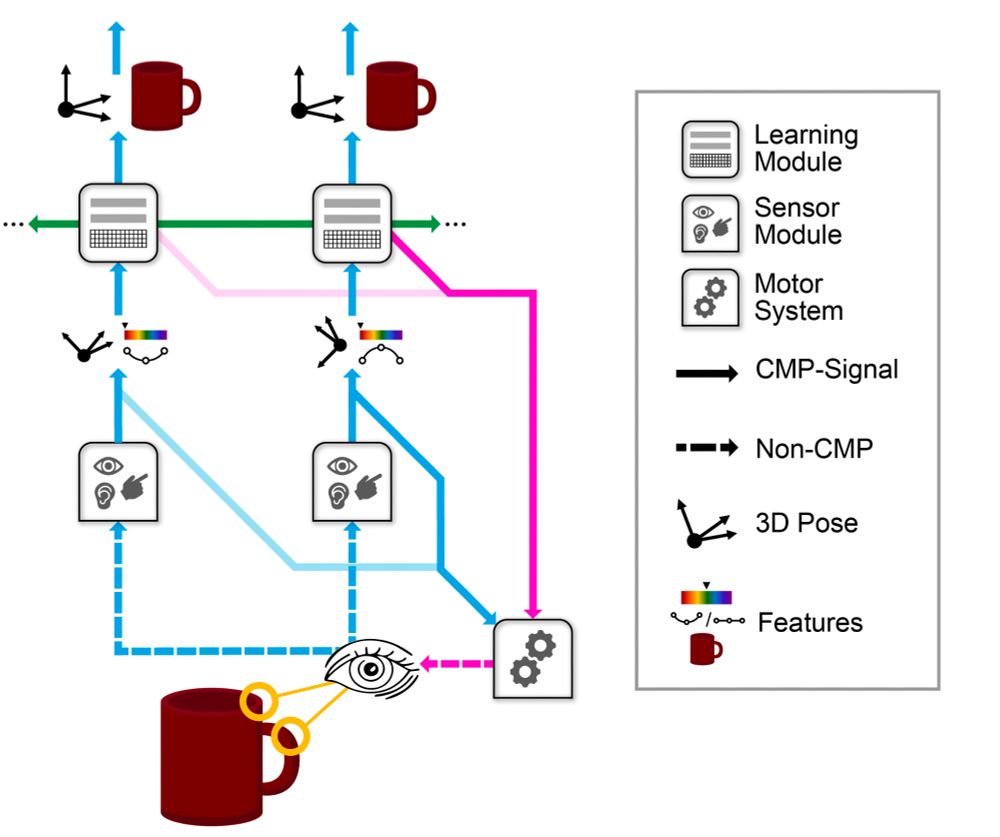
/7
This is a new type of machine learning architecture based on principles derived from 20+ years of research into the neocortex.
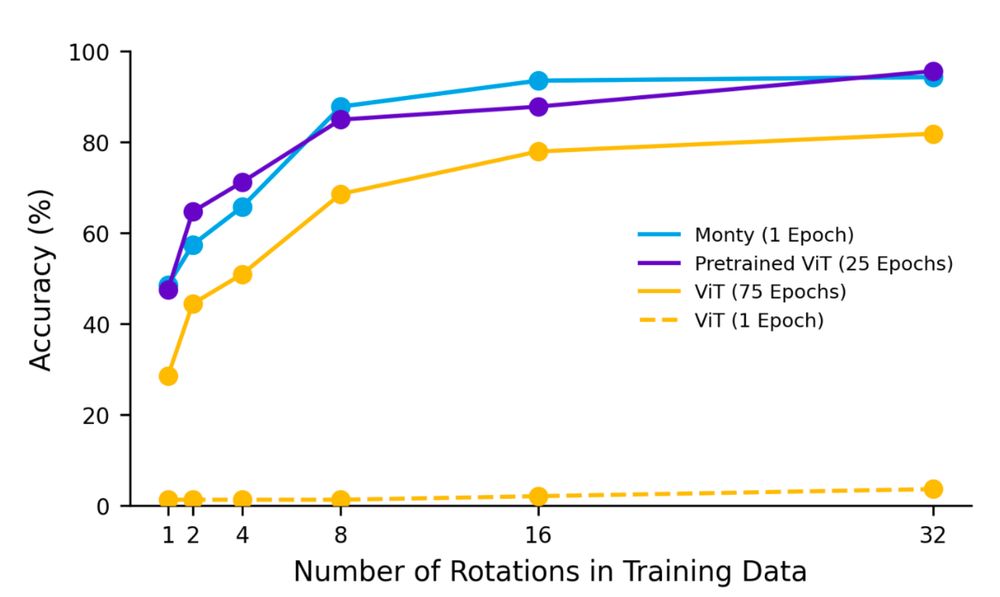
/6
Few-shot learning
After just 8 views per object Monty hits ~90 % accuracy.
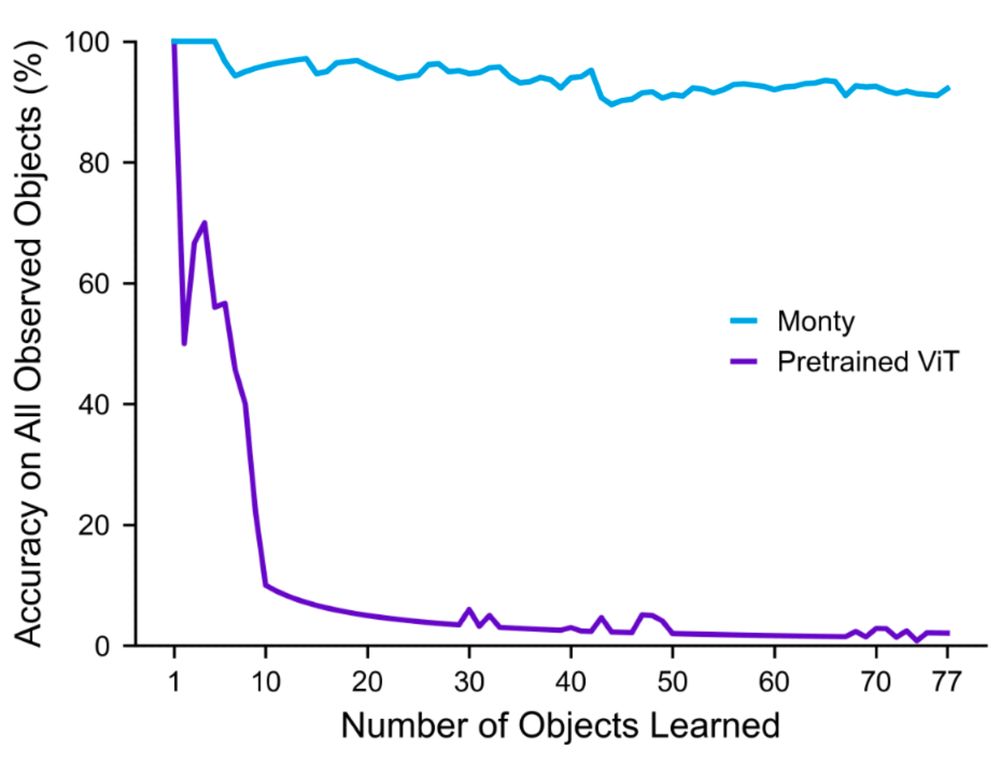
/5
Monty learns continually with virtually no loss of accuracy as new objects are added to the model. Deep learning famously suffers from catastrophic forgetting in those settings.
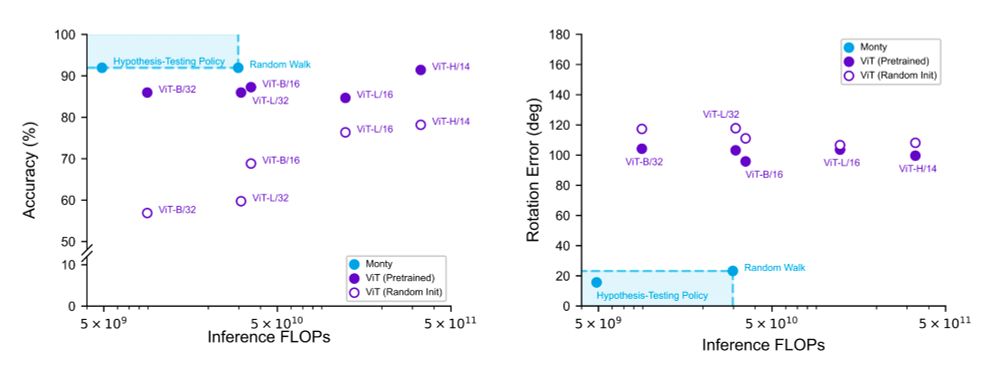
/4
Green AI is here: Monty slashes compute needs in training and inference, yet beats a pretrained, finetuned ViT on object and pose tasks. It used 33,888× fewer FLOPs than ViT trained from scratch and 527,000,000× fewer than a pretrained ViT.
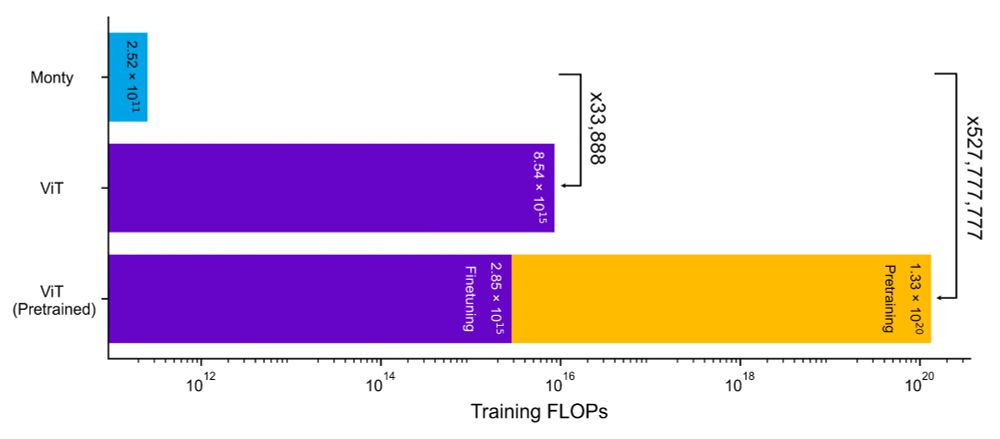
3/
A remarkable result: Monty achieves the same accuracy as a Vision Transformer while using 527 million times less computation, and it does so without suffering from catastrophic forgetting.

/2
TLDR; Watch @cortical-canonical.bsky.social give a presentation about this paper here: youtu.be/3d4DmnODLnE
Or read the plain language explainer here: thousandbrains.medium.com/thousand-bra...